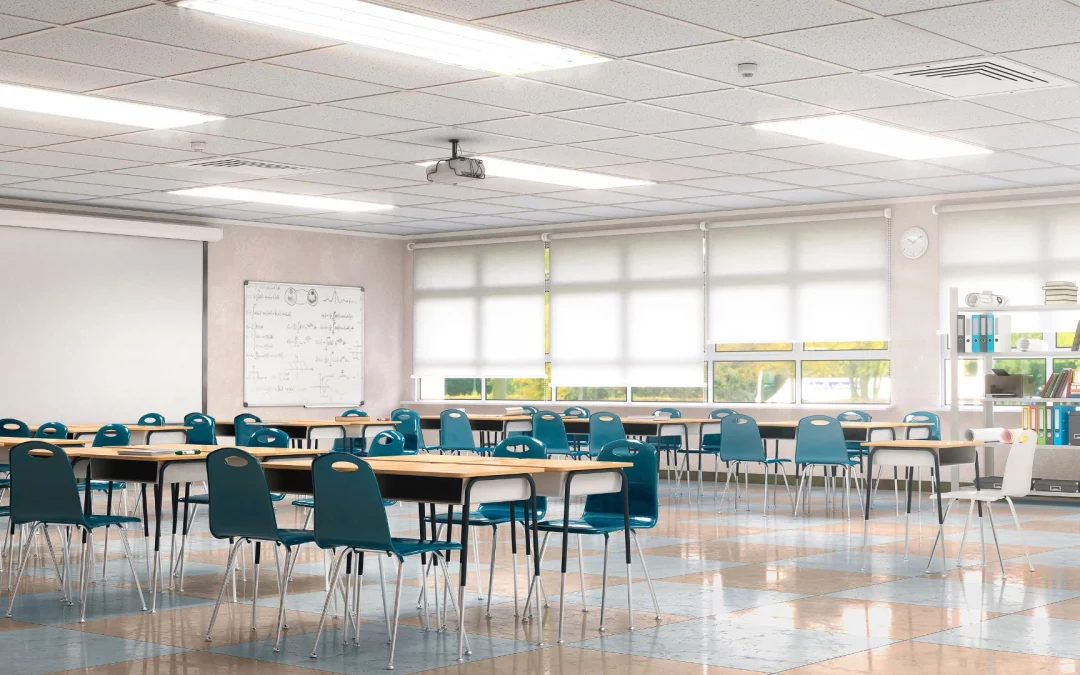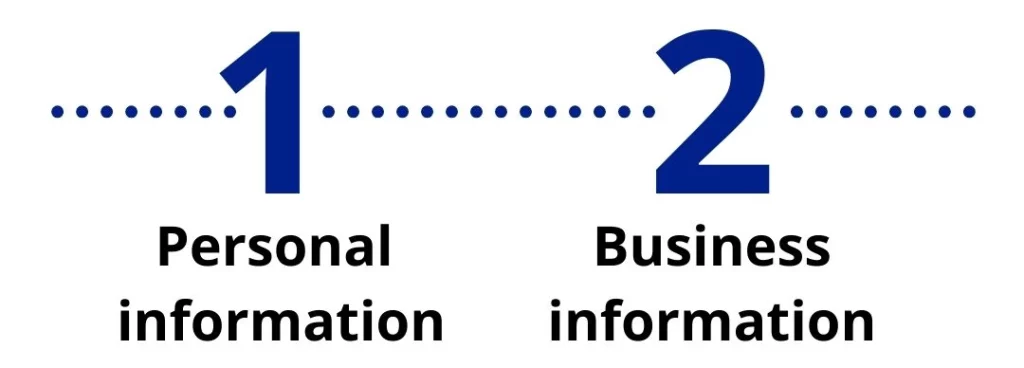Schools use a ton of energy on a/c, heating, lighting, computers, etc. this is unavoidable. Because of this, rising energy costs are affecting schools heavily. However, there are plenty of steps to facilitate energy conservation at school and many ways to save energy at school as well.
Here are 11 ways to help reduce your school’s electric, water and gas bills:
1. Upgrade your lighting to LED
LED lighting is currently the most efficient lighting available and as time goes on it is getting more efficient and cheaper to produce. Upgrading to LED from fluorescent and CFL lighting will cut costs 2 ways:
a. LED lights use much less electricity and produce very little heat (which helps your a/c keep the school cool). If you want more information on the benefits of LED lighting, check out this article
b. LED lights last much longer and don’t require a ballast, saving you money on maintenance. If you are unsure how to calculate your maintenance savings, check out this article
2. Make sure to turn off all electronics at the end of the school day
Many schools leave their lights on for hours after class, teacher’s computers might get left on, your computer labs might run overnight and over the weekend. Making sure to turn off computers and other devices at the end of the day can make a big difference.
3. Use energy-saving power strips
Having your school’s printers, computers, etc. plugged into energy-saving power strips will help mitigate their standby power use. This helps save energy on a day to day basis and it also helps make it easy to unplug devices during holiday breaks.
4. Take advantage of natural lighting
Schools being remodeled, facing rehabilitation or being built can include ways to maximize natural light. Things like blinds and other window fixtures can allow teachers to minimize glare while using sunlight over electrical light.
Adding skylights to common areas like hallways and bathrooms can help reduce electricity consumption.
Natural light also has positive benefits for your students and teachers. Studies have shown that sunlight helps keep people focused, alert and improves their mood.
5. Invest in solar
Many schools aren’t taking advantage of solar energy as it seems expensive or complicated to get installed. A great way to get around this is through a PPA.
A PPA (Power Purchase Agreement) developer will pay for, install and maintain the solar array. The school then buys the electricity generated by the solar array at a lower price per-kWh than they would from their current energy provider.
This is a great option that many schools are taking advantage of!
6. Change your energy provider
If your school is located in a deregulated state you can take advantage of this and choose who provides your electricity and natural gas. One of the fastest and easiest ways to pay less on your energy bill is to choose who supplies energy to your school.
There are many different rates offered by energy suppliers but the 2 most common are fixed and variable rates. If you are unsure what these are or which would be better for you school, this article will help.
If you need further help, get a free quote!
7. Take advantage of sensors and timers for lights
Many spaces in a school see regular use but are often empty, like bathrooms. Many schools leave lights on in the bathroom the entire day for the students. Installing motion sensors will allow your school to save energy with little change for students.
Timers are great for classrooms and office areas that are only used during specific hours every day. Setting timers to automatically turn off lights will help save you money and are inexpensive.
8. Upgrade the cafeteria kitchen
Even though the cafeteria is only used for a portion of the day, it can be a significant source of energy use.
Old freezers, refrigerators, ovens and microwaves use considerably more energy than new energy efficient models. Things like air fryers and convection ovens use less energy and can make healthier foods compared to fried options.
9. Update your HVAC systems
Like solar, this can seem like a huge financial setback. While it can be expensive, the benefits can be huge.
Replacing old a/c, heating and ventilation systems will reduce energy use significantly as well as reduce maintenance costs.
Seeing that schools use such a large amount of energy on HVAC, this is one of the best long term ways to save money. Also, don’t forget to check with your utility company as they often have incentives to reduce the cost of upgrading.
10. Don’t cool unused rooms
If a space isn’t being used for a day or an extended period make sure you aren’t heating or cooling it. A good example of this would be if your school didn’t have gym class and wasn’t hosting any sport games or practices, why would you cool it?
By closing off and not heating/cooling unused spaces, your school can reduce overall energy use.
11. Repair leaky taps and toilets
Leaky taps and toilets are another source of waste in schools. A single leaky toilet can cost as much as $840 dollars a year and cause water damage. Inspecting taps and installing inexpensive smart water meters can save a significant amount of money every year.
Don’t forget your students can help too!
Everyone from staff to students can take steps to reduce energy use. Making sure your staff and students are educated and understand the importance of reducing energy use can help a lot! A little education goes a long way.
Looking to get lower energy rates? If you are in a deregulated state we can help, get a free quote now!



